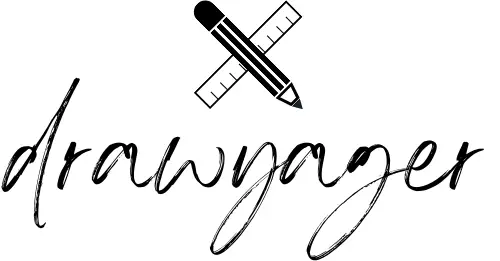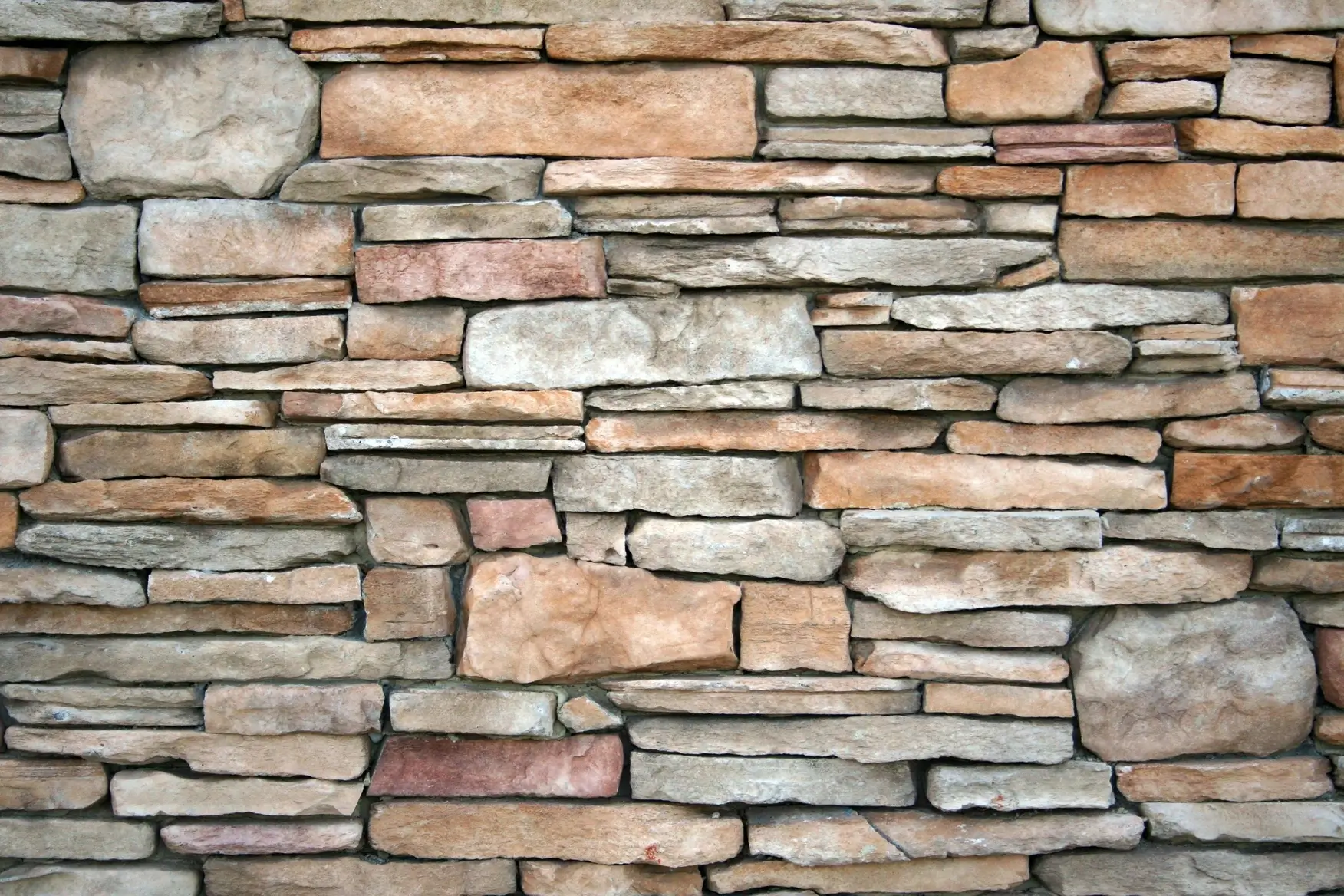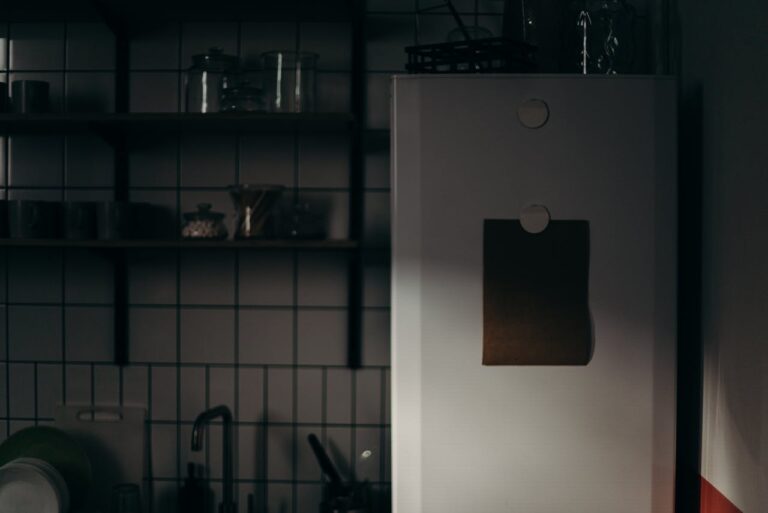In this article, I’ve compiled a list of 50 stone wall drawing references, because sometimes, simple things spark our creativity – like an old stone wall shaped by time. In its variety of forms, textures, and structures, stone walls offer an incredible opportunity to sharpen our eyes and challenge our drawing skills. Whether you’re looking for a reference to practice the play of light and shadow on an uneven surface or simply seeking inspiration for your next artwork, stone walls offer a fascinating range of possibilities.
In this blog post, I’ve compiled a selection of stone wall drawing references images showcasing different stone walls. Let yourself be inspired by the various textures and structures, and discover the stories each wall has to tell. Whether you want to draw the details of a rustic natural stone wall or the regularity of a classic brick wall – these images provide the perfect foundation to get started.
Have fun drawing and discovering all the details hidden within these walls! Maybe it’s helpful to create 30 Building Drawing Ideas Every Aspiring Artist Needs to Try! or Landscape Drawing Ideas: Tips and Inspiration for Beginners 2024.
50 Stone Wall Drawing References


















































When drawing stone walls, it’s important to pay attention to the different textures and how they interact with light. Observe how the light creates highlights on rough surfaces and casts deep shadows in the crevices. The irregular shapes and varying sizes of stones can add character, so take your time to capture these details. Consider the direction of the light source, as this will greatly affect the mood and depth of your drawing. Focus on the contrasts between light and shadow to make the wall appear three-dimensional and realistic.
Drawing Techniques for Stone Wall Drawing References
To capture the essence of stone walls, several drawing techniques can be particularly effective. Hatching and cross-hatching work well to depict shadows and texture, giving a sense of roughness to the stone surface. Stippling is another great technique for adding texture and depth, especially for areas where the stone is weathered or irregular. Blending with a blending stump or finger can help create smoother transitions between light and shadow, which is useful for achieving a more realistic look. Additionally, contour drawing helps emphasize the edges and shapes of individual stones, giving structure to the wall. Experimenting with these techniques will help bring out the unique qualities of each stone wall.
Have fun drawing and discovering all the details hidden within these walls!
What are the best materials for drawing a stone wall?
Use a range of pencils (HB to 6B) for texture variety. Charcoal or graphite sticks are great for shading, and fine liners can define edges sharply.
How do I make the stones in my drawing look realistic?
Focus on varying the shape and size of each stone. Add depth with shading under and around each stone, and highlight the top edges to suggest sunlight.
Can you suggest any techniques for adding texture to stone walls in drawings?
Try stippling or hatching for rough textures. Using a blending stump or your finger to smudge areas can also create a more natural, uneven look.
If you’re eager to dive deeper into the textures and details that make each drawing unique, be sure to follow my Pinterest account for endless inspiration or subscribe to our newsletter for exclusive tips and updates directly in your inbox!






